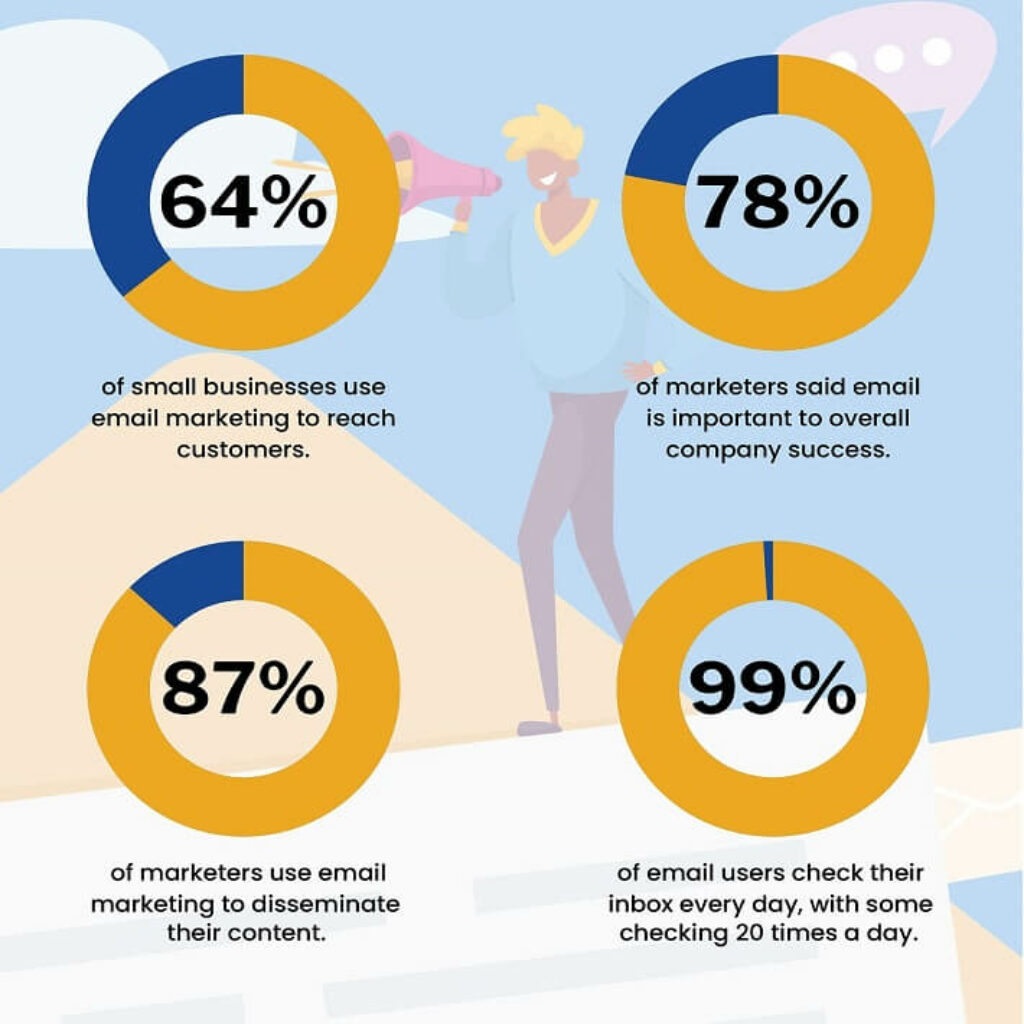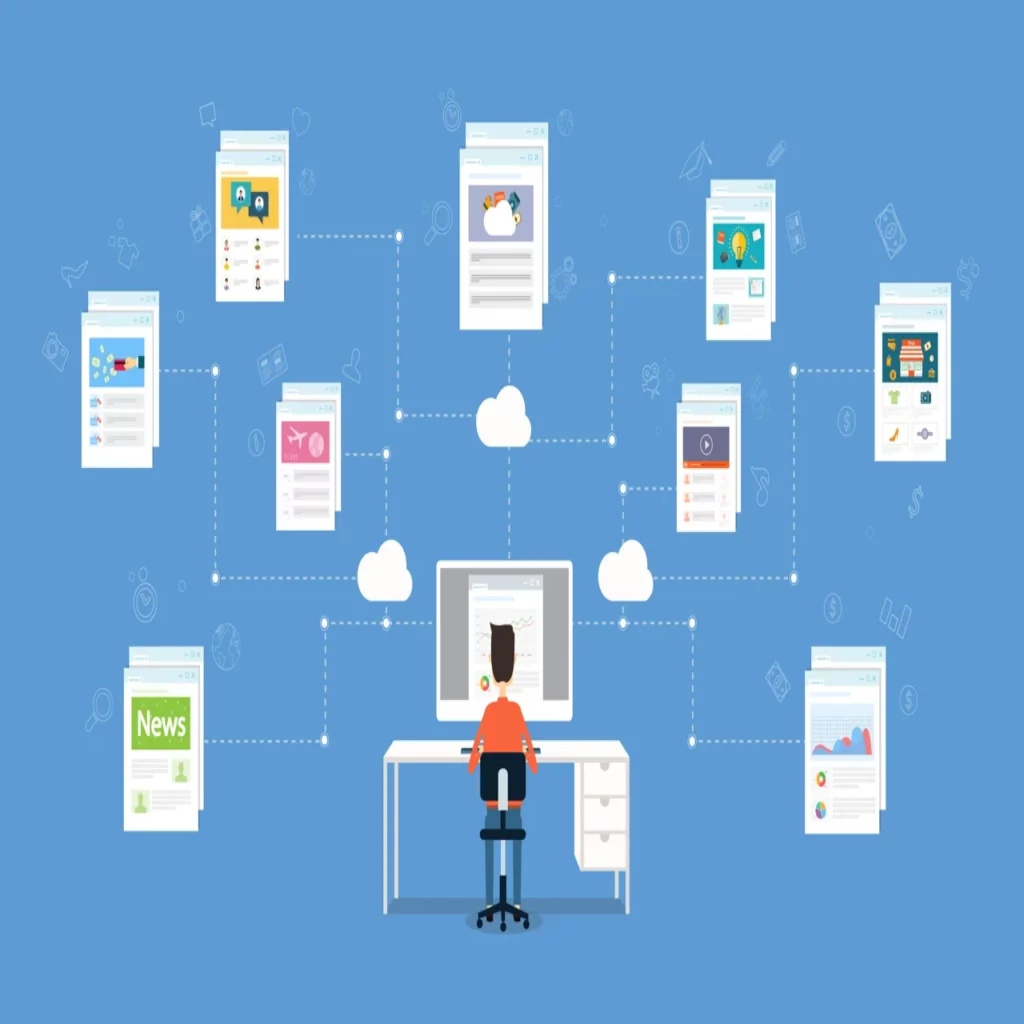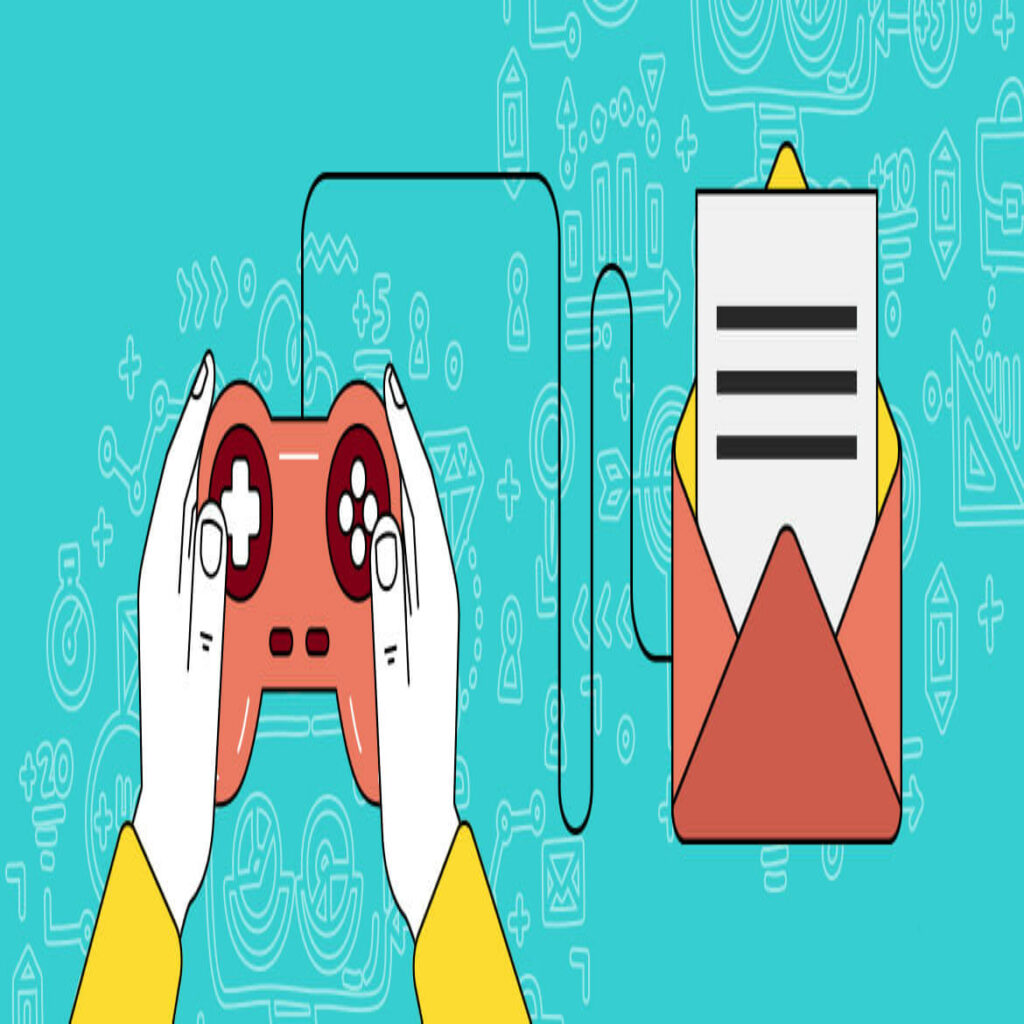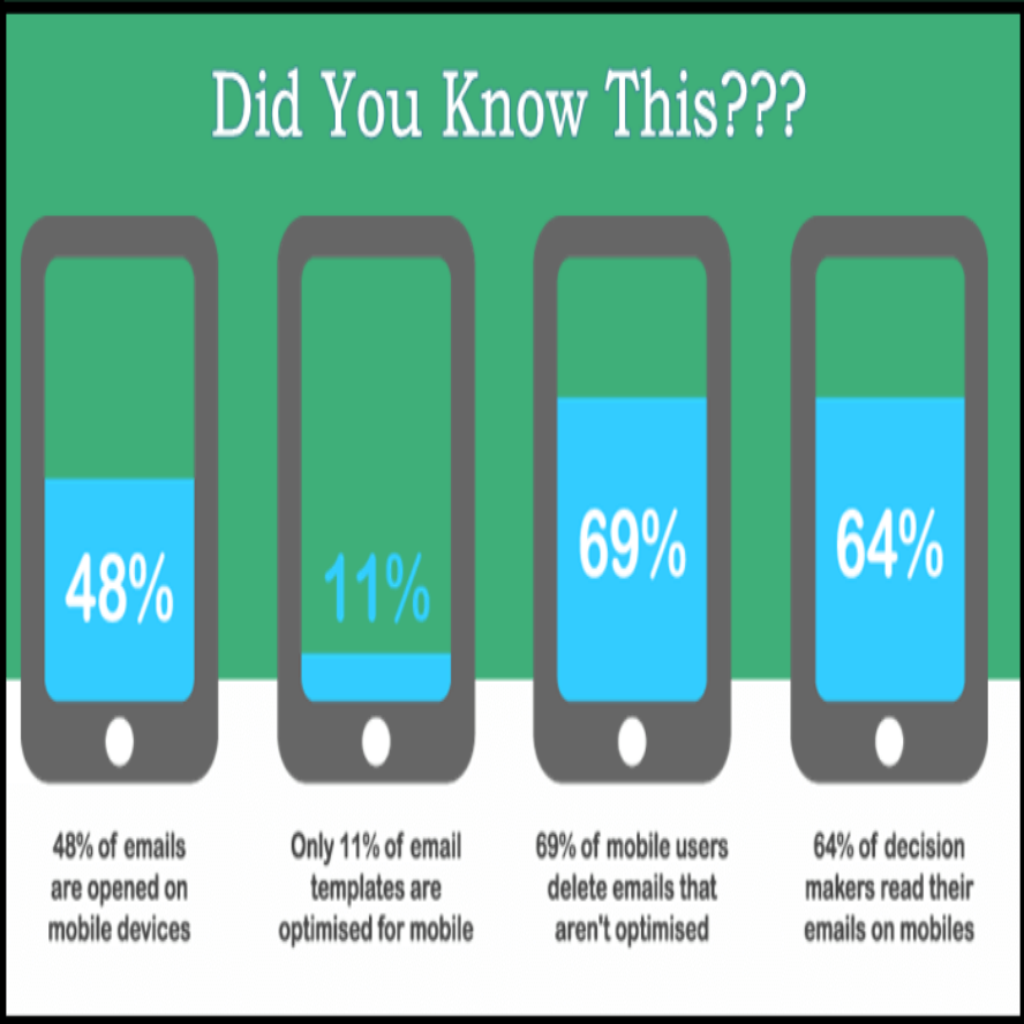2023 will be a challenging year for the world.
As the end of the year is quickly approaching, now is the ideal time to review your email marketing strategy and see if it keeps pace with the most significant market trends. Brands worldwide are preparing for a year of uncertainty due to the looming threats of a global recession. If you’re here, you want to learn about the email marketing trends, features, and tools that could help you win the battle in the coming year. We understand that being ready is always preferable when things are changing. Here, we discuss nine trends you should be aware of to increase revenue, maintain subscriber engagement, and benefit from email marketing in 2023.

1. Highly customized email content
The last few years have seen a rise in this trend, which is anticipated to continue in 2023. Personalization of emails is intricate and extends far beyond simply addressing recipients by name. Simply put, it consists of all the information a subscriber gives you, such as their name, gender, age, place of residence, preferences, etc. Making your subscribers feel special and valuing them will encourage them to open your emails more frequently. In actuality, 72% of consumers never engage with generic content. Receivers are more likely to mark a message as spam, delete it, or even unsubscribe when it lacks personalization.
Personalization is a prevalent trend, and its significance is growing daily. Because of this, rather than just personalizing certain aspects of campaigns, businesses are predicted to focus more of their attention in 2023 on email marketing hyper-personalization. Utilize this craze. Messages and promotions should be tailored based on the audience. By audience segment, make a product or content recommendations. Send emails that are triggered based on visitor behaviour. Recommended goods or content for each person
2. Artificial intelligence
By 2023, personalized emails will be commonplace, but how can this be done most effectively? Through collecting and processing information about the audience and optimizing the email production process, artificial intelligence enables further customization of your messages, making them more relevant. Artificial intelligence simplifies email personalization because it allows you to quickly retrieve customer data. However, because they are still determining the advantages of using AI, many marketers are still hesitant to include it in their email marketing strategy. It makes them feel threatened. AI is not intended to take anyone’s place; instead, it streamlines the workload and assists in scaling your email marketing initiatives.
- AI aids in subject line creation.
- You can personalize the emails you send to each prospect, thanks to AI.
- AI restructures your email campaigns for maximum effectiveness.
- AI cleans email lists.
- AI aids mailing list creation.
To increase subscriber engagement and brand consistency, Domino’s Pizza, for example, used, an AI-driven content platform, to improve email subject lines and take user interaction patterns into account. As a result, the business saw a 26% increase in open rates and a 57% increase in clicks.
3. Automated email marketing
Many marketing tasks, like sending transactional and trigger emails, are nearly impossible to complete manually. They are, however, beneficial for your company. Automation is helpful in this situation. Email marketing automation ensures that customers and brands communicate consistently and effectively. Additionally, it makes the client feel like they have control over their inbox. The last thing a person wants to see in their inbox in today’s world of content overload is yet another pointless email. Regular email campaigns typically perform worse than drip email campaigns. Users’ specific actions trigger the start of the sequence. Drip campaign emails are more responsive and foster a “friendlier” relationship between the parties involved. They are not overwhelming; all the information you need is in “drips,” so you don’t have to waste time poring over a large copy.

- Utilize email templates.
- Cleaning mailing lists automatically.
- Customers should receive transactional emails sent automatically.
- Create an email drip campaign to help automate the onboarding process.
- Automate lead nurturing via email.
Get organized if you want to deliver the most accurate automated emails. It would be best if you assigned the work to a specialized CRM system so that you can maintain control over all the processes. You can track what and where occurs along your sales pipelines in this manner.
4. Accessibility
Accessibility refers to designing web content so that people with disabilities can access, perceive, and interact with that content.
Approximately 15% of people worldwide are disabled. One billion people, then. 285 million of those one billion people have visual impairments and can access web content using a screen reader. These assistive technologies read aloud text while navigating the web and email content using page elements. Accessible content is not just a convenience for people with disabilities but also a necessity. Accessibility, however, is not limited to those with disabilities. Accessible content is more understandable, readable, and all-around more useful. Consider good accessibility as good usability, and you can also consider it highly beneficial for business.
- Use descriptive subject lines
- Maintain a logical structure
- Use headers
- Use colour contrast
- Use Proper Alt Text for images.
- Include a plain-text version
5. Gamification
Gamification is a term that describes integrating game elements and characteristics into non-game contexts, such as email. Three guiding principles—engagement, reward, and competition—form the foundation of gamification. These three elements encourage people to interact with our content and even spread the word about it, which gives us more leads to pursue. Some cool gamification advantages email marketing includes the following:
- Improved user interaction will result in higher clickthrough rates.
- It allows you to rank higher in the consciousness of consumers and eventually become top of mind by increasing brand awareness.
- It enables you to learn more about your leads and customers.
- Makes your promotions more appealing and the entire customer journey more enjoyable.

As you can see, the main goal of gamification is to increase engagement rather than sales. Every email is not intended to close a deal. The necessity of nurturing your leads and customers and developing a relationship with them is also covered by email marketing. You can boost audience engagement, raise brand awareness, and even win over your audience’s heart through gamification. Together, these offer the ideal situation for increasing sales and revenue. The decision to inform customers about your goods or brand can be significant. Every business in our fiercely competitive world needs to be creatively compelling, doing something catchy and engaging to increase sales. You can accomplish this with the aid of gaming.
6. Modular structure
Although the modular system is not new, it is currently gaining popularity. It is also known as “modular email architecture” by others. So, precisely what is it? One way to think of a modular email template is like a Lego email. The template and the module are its two main sections. Examples of modular content consist of several blocks, each serving a particular function. Depending on the type of email you select for each marketing campaign, these blocks can be modified. Each module focuses on meeting a specific need, such as one for a CTA, HTML text, video, etc. You can use a module, for instance, for the header of your email, one for the social media links, one for the footer, and so on for other content blocks. A template is a collection of modules assembled to form an email campaign. The template varies depending on the client, customer segment, marketing campaign goal, and other elements. For instance, you might use a specific template for your newsletters while using a different one for transactional emails.
Here are the key benefits of going modular with your email templates.
- Branding consistency
- Reusability
- Quick rendering
- legal compliance
- simplified design process
You can combine and match different modules to create a new email; each module contains discrete information or content. You can combine content modules to create emails using the new “modular email design method.” It also saves time!
7. Content created by users
User-generated content (UGC) influences 79% of consumers’ purchasing decisions because users tend to trust their fellow users. Any content (such as text, images, or videos) produced by customers serves as social proof because it appears more accurate and reliable than conventional brand promotional emails. Given that your customers are the ones who created the content, it’s also a cost-effective solution. Therefore, the best examples to use in your email marketing campaign are the only ones you must select.
Utilizing user-generated content in email marketing campaigns is another significant trend that started to gain traction earlier this year and is predicted to reach its peak in 2023. “User-generated content” (UGC) is any content (text, videos, images, or audio) produced by customers of products or services. User-generated content appears to encourage conversion, according to the evidence. According to most consumers (82%), user-generated reviews are precious. The opinions and ratings of other users influence the purchasing decisions of about 70% of all consumers. Additionally, UGC can replace content as such. You can always rely on user content to liven up a campaign if you need help meeting your email content quotas.
8. Email redesign
“81% of people check their emails using a mobile device,” according to an email redesign from Campaign Monitor as a source. The following are some of the hottest email design trends for 2023:

- Collage animation. Moderate animation will be a popular email marketing trend in 2023. Use dynamic gifs wisely. Neon and in the dark.
- Dark Mode, users can adjust the screen’s brightness without squint because of how bright it is.
- Minimalism. In the coming year, clear, organized emails with a single goal and containing the fewest possible irrelevant details will be king.
- Graphical iconography brands actively develop their identities in 2023 using illustrative, visually striking icons on plain backgrounds.
9. Email Conversations
Brands that want to start a conversation with current leads and customers can send them conversational emails. With CTAs like “reply to us if you need anything” or “we can’t wait to hear back from you,” it is one of the quickest ways to reach your target audience without being intrusive. Conversational marketing includes the use of this particular tactic. It is described as how companies interact with their audience through a website, social media accounts, SMS marketing, or another marketing plan that involves contacting a target market. It enables direct, ongoing communication between a brand and its customers.
- Personalized experiences lead to customer satisfaction.
- A Better Understanding of Your Clients
- The chance to create positive experiences
Although this trend has existed for some time, it will only strengthen in 2023. The coveted prize of email marketing is interactive, responsive emails. They significantly increase email interaction and customer engagement. Animated CTAs and buttons. Rollover effects to highlight the product lineup.
Also Read: How Does Network Marketing Work, and What Is It?
Conclusion
Some predicted hot topics in the upcoming year are data privacy, content modules, gamification, automation, interactivity, and hyper-personalized and user-generated content. Email marketing strategy helps create compelling content and increase revenue, whether you need assistance with cutting-edge trends or time-tested classics. We can already predict that 2023 will be a challenging but exciting year. New trends are constantly emerging, while older ones are still prevalent. Whether you exploit them and defeat the opposition is up to you.
















